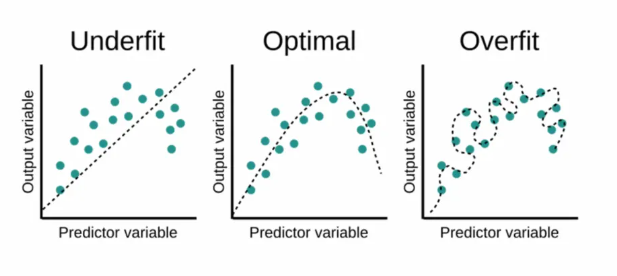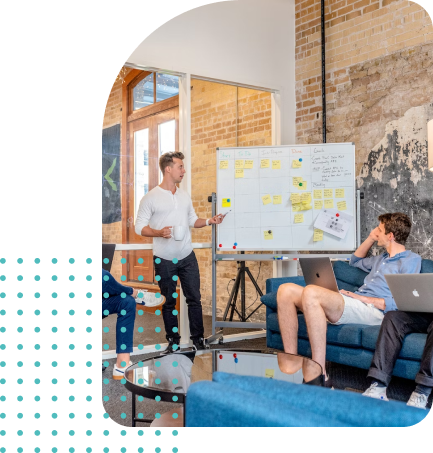Machine learning is a powerful tool for creating predictive models and extracting insights from data. However, one of the challenges practitioners face is ensuring their models generalize well to new, unseen data. Two common issues that arise in this context are overfitting and underfitting. They highlight the importance of balancing model complexity to achieve good generalization.
In this blog, we’ll explore what these terms mean, how they affect model performance, and how to address them.
Overfitting
What is Overfitting?
Overfitting occurs when a model learns the training data too well, capturing noise and outliers in addition to the underlying patterns. This results in a model that performs excellently on the training data but poorly on new, unseen data. Overfitting is akin to memorizing a book’s content word-for-word without understanding the underlying story, making it hard to discuss the book intelligently with others who haven’t read it.
Signs of Overfitting
- High Accuracy on Training Data: The model shows near-perfect performance on the training set.
- Low Accuracy on Validation/Test Data: The model’s performance drops significantly on validation or test sets.
- High Model Complexity: The model has many parameters and layers, increasing the likelihood of capturing noise.
How to Mitigate Overfitting
- Cross-Validation: Use techniques like k-fold cross-validation to ensure the model performs consistently across different subsets of data.
- Regularization: Add penalties to the model for complexity. Techniques like L1 (Lasso) and L2 (Ridge) regularization are commonly used.
- Simplify the Model: Reduce the number of features or the model’s complexity by pruning less important parameters.
- Early Stopping: Halt training when the model’s performance on a validation set stops improving.
Underfitting
What is Underfitting?
Underfitting occurs when a model is too simple to capture the underlying structure of the data. This results in poor performance on both the training data and new data.
Signs of Underfitting
- Low Accuracy on Training Data: The model struggles to perform well even on the data it was trained on.
- Low Accuracy on Validation/Test Data: The model’s performance remains poor on new data.
- Simple Model: The model lacks the complexity needed to capture the patterns in the data.
How to Mitigate Underfitting
- Increase Model Complexity: Use more complex algorithms or add more features to the model.
- Feature Engineering: Create new features or use more informative ones to help the model capture the underlying patterns.
- Reduce Regularization: Too much regularization can prevent the model from learning adequately, so reduce it if necessary.
- Longer Training: Ensure the model has sufficient time to learn from the data.
Finding the Balance
The goal in machine learning is to find the right balance between overfitting and underfitting, often referred to as the bias-variance tradeoff. High bias models (underfitting) are too simple, while high variance models (overfitting) are too complex. Striking the right balance involves careful tuning of model parameters, selection of appropriate algorithms, and validation through various techniques.
Let’s consider decision trees as an example to illustrate overfitting and underfitting. A very shallow tree with few splits might underfit, failing to capture the data’s structure. Conversely, a deep tree with many splits might overfit, capturing noise along with the patterns.
To mitigate this:
- Prune the tree: Limit the tree’s depth or the number of splits to avoid overfitting.
- Use ensemble methods: Techniques like Random Forests or Gradient Boosting combine multiple trees to improve generalization.

